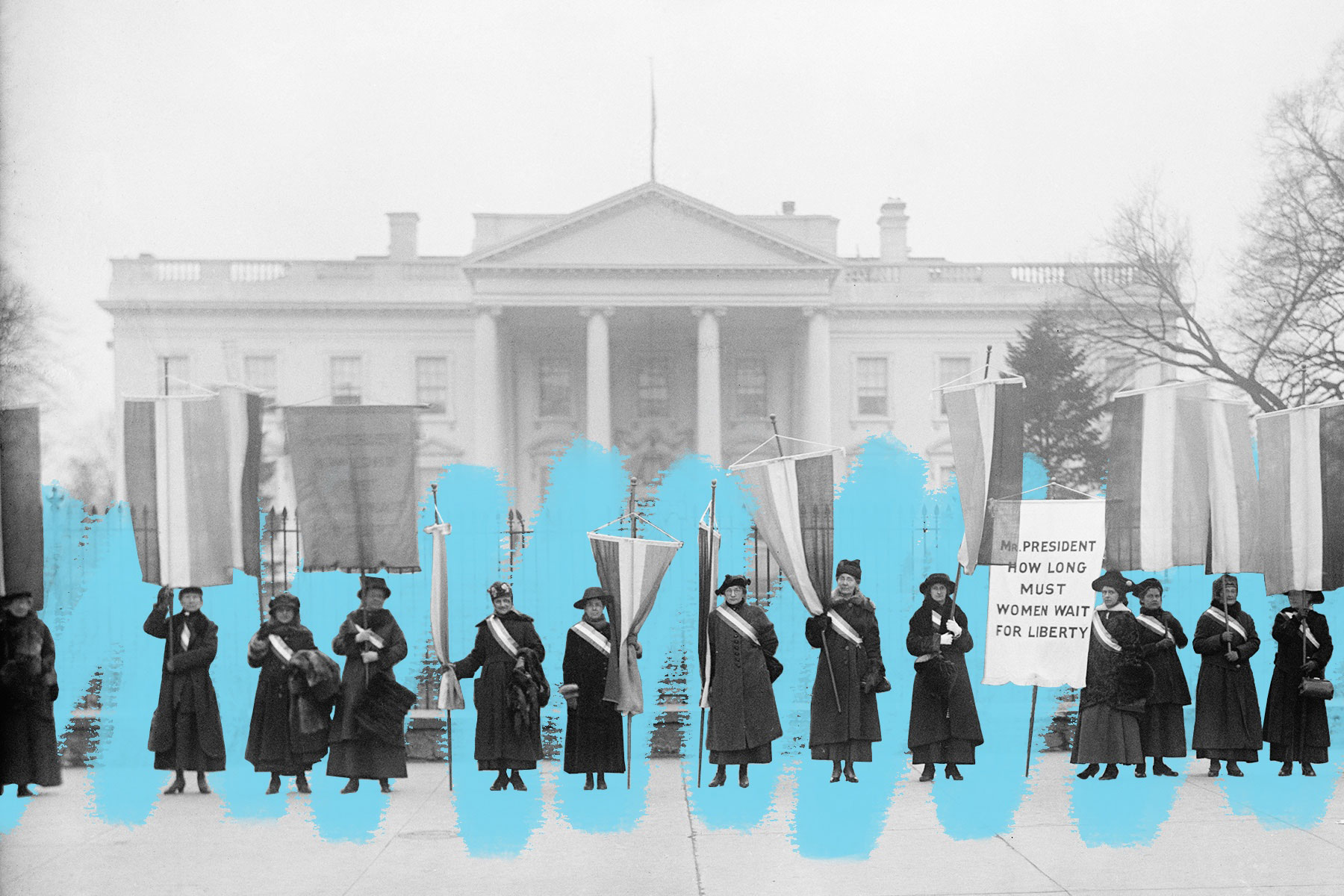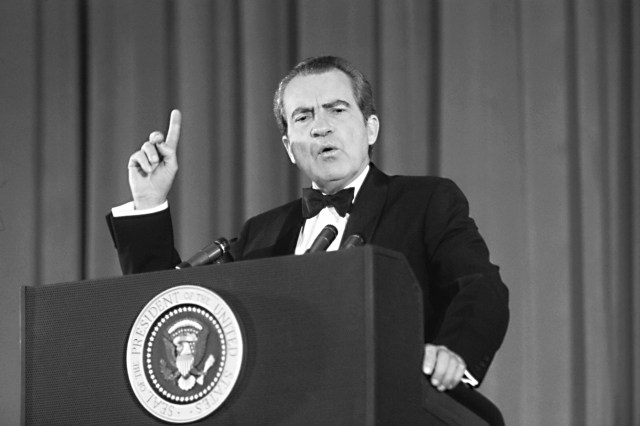A woman was elected to Congress before women had the right to vote.
On August 26, 1920, U.S. Secretary of State Bainbridge Colby certified the 19th Amendment, finally granting American women the vote after a hard-fought battle dating back to the nation’s very founding. However, perplexingly, the U.S. Capitol had already played host to its first congresswoman a few years prior: Representative Jeannette Rankin of Montana.
Like many other American liberties, women’s suffrage was slowly granted state by state before becoming a national right protected by the Constitution. Montana granted women the unrestricted right to vote in 1914. Two years later, 36-year-old Rankin, a vocal suffragist, ran for one of the state’s two House seats and won.
The election of Rankin, the first woman ever elected to the federal government, was a bright spot in American history made dimmer by her misogynistic welcome to Washington. Rankin didn’t take her rightful seat in the chamber until April 2, 1917, due to a month-long debate about whether it was appropriate for a woman to be a U.S. representative (even though Montanans had clearly already decided the matter). The country still has a long way to go to achieve gender parity in the nation’s legislative branch, but 28% of the members in the current 118th Congress are women — the largest percentage in U.S. history.















